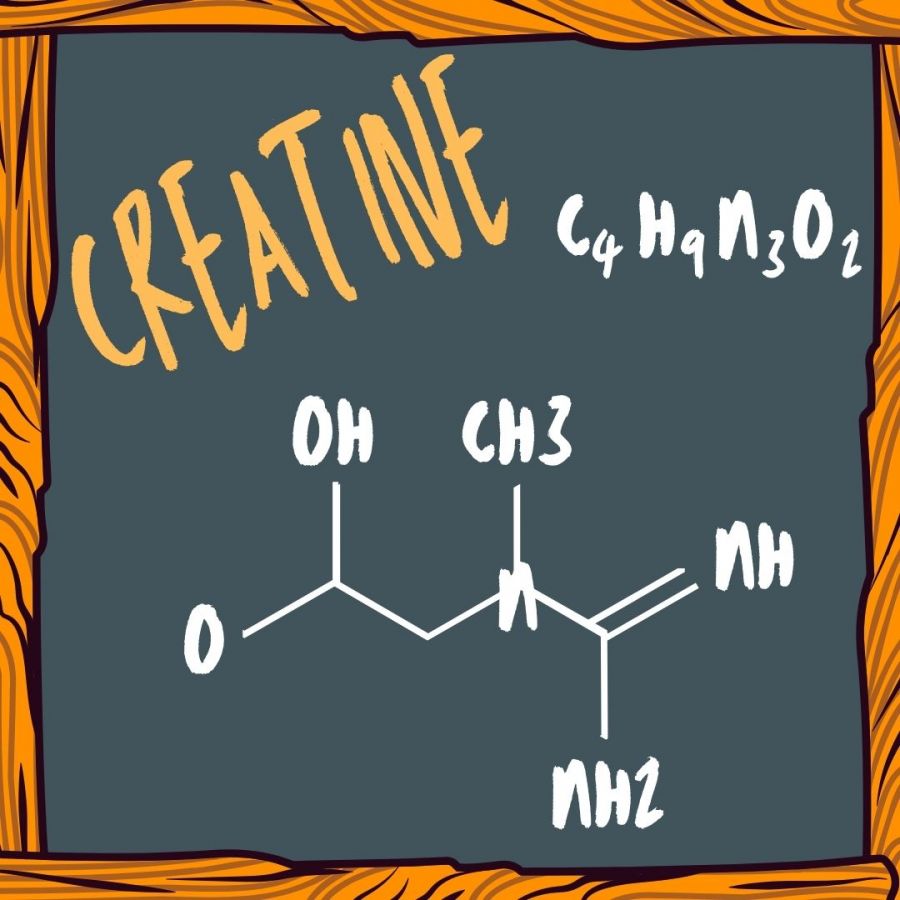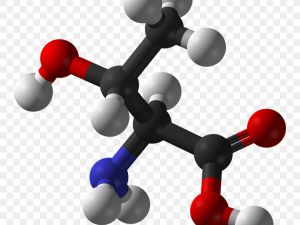What's in your shaker bottle?
Pretty much everyone who exercises regularly is carrying around a shaker bottle filled with some permutation of fitness drink. We’ve got pre-workout, intra-workout, post-workout, post-apocalyptic - the possibilities are confounding. While there’s lots of debate and discussion on the topic (you can dive down one rabbithole here), those of us who jump feet first into the swimming hole of supplementation usually have good reason to add a little potion or two to our nutrition regime.
I’m going to detail here what I use and why. Note that I do not suggest or recommend any of these for anyone, I am simply stating personal preference. Also, as always, consult your healthcare provider before adding any supplement to your diet.
Pre-Workout: Let’s get ready to rumble
Water, Electrolytes, L-Citrulline DL Malate
Let’s start at the top with the main components for my pre-workout drink, water and electrolytes.I don’t like to get filled up before a workout, whether it be a lifting session or a HIIT/Crossfit-type workout. I like Nuun tablets as I can carry them around in my gym bag. Plus they taste good. Sometimes, if I’m feeling particularly natural, I’ll use coconut water with a little lemon juice and salt.
L- Citrulline DL Malate
Citrulline is an amino acid that was discovered in watermelons.When combined with Malic acid, which helps energy yields from ATP, it’s referred to as Citrulline Malate. One function of citrulline is facilitating the removal of waste products from the body - specifically, ammonia in the form of urea. It also increases vasodilation (widening of the blood vessels), which increases blood flow, and has been shown to stimulate signaling pathways involved in building muscle tissue.1 Citrulline may also inhibit the liver’s intake of some amino acids and reduce their breakdown. In addition, Citrulline can also enhance the increase in growth hormone that occurs after exercise. In one weight training study, subjects were able to perform 53% more repetitions after ingesting citrulline malate than subjects who took a placebo.2
Intra Workout: Fury Road
Water, EAAs, electrolytes
Again, water. It’s very important to stay hydrated during a workout. Research indicates a 2-3% drop in the body’s water results in a notable decrease in performance 3,4 I then mix in a tablespoon of EAAs - Essential Amino Acids. Amino acids are used for building proteins and synthesizing hormones and neurotransmitters.There are 20 different types in total, but only nine are deemed “essential” - meaning those amino acids that cannot be produced by the body and must be obtained through foods.
The increased blood flow we experience during exercise (up to 500% of normal) and increased cell receptivity sets up our muscle cells for high levels of nutrient absorption. And when there are high levels of EAAs in the bloodstream, protein synthesis (also known as muscle building) increases. Note that ingesting EAAs at the pre-workout stage is also viewed as effective. I just prefer them during the workout. For those of you who like to workout in a fasted state, you’ll get the biggest benefits from the intra-workout addition.
You may have also seen the term “BCAA”. This stands for Branched Chain Amino Acids. What’s the difference? Well, BCAAs contain three essential amino acids: leucine, isoleucine and valine. EAAs contain all three of those essential amino acids plus six more: histidine, lysine, methionine, phenylalanine, threonine, and tryptophan. Why, you might ask, do some people take BCAAs, and some EAAs? That’s an ongoing discussion we are not going to get into here, but feel free to Google “BCAAs vs EAAs” and see how deep you want to dive into that particular swimming hole. Essentially it comes down to your eating habits, and how what you are eating (especially your protein sources) might affect your need for amino supplementation.
Post-workout: What is good in life?
Protein, Creatine, Beta Alanine, Milk
My post-workout bottle contains the biggest swolepotion of all. And it’s for one thing - providing the building blocks my muscles need to repair themselves (i.e., get stronger) and recover for the next workout. I’m currently including the following supplements in this phase:
 Protein
Protein
Muscle gain requires protein. And it requires a lot. Most “normal” eating patterns don’t include enough protein to satisfy the requirements for regular weight training and workouts. Many people will reference the RDA, or Recommended Daily Allowance (now known as Dietary Reference Intake). This guide is put out by the National Academy of Medicine, which lists a recommended protein intake for men of 0.8 g/kg of body weight (0.36 grams per pound). But take note: what this actually means is “how much protein does a sedentary man have to eat in order not to die.” Hardly a valid reference for anyone attempting to build strength and muscle. In that category, we may need to consume up to twice that amount in order to support not just life, but additional muscle synthesis.
I prefer whey protein for this. For several reasons;
- has all the essential amino acids
- highly digestible
- highly satiating
- mixes easily
- doesn’t have much taste, but also available in many flavors
I get about 24g of protein in the post-workout shake. I normally maintain a high-protein diet, but this ensures I hit my numbers, especially if I had to skip a meal during the day.
 Creatine
Creatine
This compound is used by the body to recycle ATP, which is the energy source for our cells. While it occurs naturally in our cells, the effect of creatine supplementation on physical performance has been well known since the early 20th century. Creatine added through supplementation is stored in the cells, and provides additional ATP production. This means better performance during a workout. Creatine also helps the process of muscle tissue repair, thereby increasing strength and shortening recovery time. I use 5g of creatine monohydrate post-workout. I also take the creatine on my non-training days, just to maintain levels in my system.
Beta Alanine
Made by the liver, Beta-alanine is an amino acid (see a trend here?) which functions as the building block of carnosine, a molecule that helps buffer acid in muscles, improving muscular endurance during high-intensity/short duration range of 60 - 240 seconds5. Note that this was a small increase, 2.85%. Beta-alanine can help to increase lean-mass gain. Carnosine also appears to be an anti-aging antioxidant compound.
Studies of beta-alanine don’t indicate an increase in muscle strength or aerobic endurance, rather it may increase the length of time an athlete can perform high-intensity exercise, like weight lifting and sprinting, before exhausting energy stores.
Beta-alanine does have to be taken regularly to see any effects; a daily loading dose of 4-6 g daily in split doses of 2 g or less, for a minimum of two weeks. I take 2g in the morning with food and 2g post-workout.
Honestly, this is a supplement that I am probably not getting a significant benefit from. I wanted to try it to see if I noted any differences, but I’m likely not going to continue using it after my current supply is used up. If I were an elite competitor (I am not an elite competitor) I would use it for that extra little advantage.
Milk
I mix all the post-workout supplements with milk. Because it adds more protein, and because I like milk. Milk is also an  excellent hydrator, so there’s another good reason. I used to use 0% fat lactose-free milk, one because it’s easily digestible and two because I liked how it tasted. As it turned out I needed a bit more fat in my diet, so I went back to whole milk. Organic, grass fed is my preference in either case.
excellent hydrator, so there’s another good reason. I used to use 0% fat lactose-free milk, one because it’s easily digestible and two because I liked how it tasted. As it turned out I needed a bit more fat in my diet, so I went back to whole milk. Organic, grass fed is my preference in either case.
Cocoa powder
I add a little bit solely for taste, as some of the supplements have an off taste to them. I try to use a brand that does not have any added sugar, if I can help it.
Like everything in my fitness program, I’m always changing, experimenting, and adapting. The supplements you may use at an early stage may be very different at a later stage. The important thing is to do your research, weigh the costs and potential benefits, and again - consult your healthcare provider before adding any new supplements to your diet (see the previous post, Omega-3 fatty acids intake and muscle growth, for information on how Omega 3s can help with muscle protein synthesis).
1 Pérez-Guisado J, Jakeman PM. Citrulline malate enhances athletic anaerobic performance and relieves muscle soreness. J Strength Cond Res. 2010 May;24(5):1215-22. doi: 10.1519/JSC.0b013e3181cb28e0. PMID: 20386132.
2 Senda Bahri 1, Naima Zerrouk, Christian Aussel, Christophe Moinard, Pascal Crenn, Emmanuel Curis, Jean-Claude Chaumeil, Luc Cynober, Souad Sfar (2013) Citrulline: from metabolism to therapeutic use. Nutrition, 29(3):479-84.
3 Kraft, J. A., Green, J. M., Bishop, P. A., Richardson, M. T., Neggers, Y. H., & Leeper, J. D. (2010). Impact of dehydration on a full body resistance exercise protocol. European Journal of Applied Physiology, 109(2), 259-267.
4 Judelson, D. A., Maresh, C. M., Farrell, M. J., Yamamoto, L. M., Armstrong, L. E., Kraemer, W. J., ... & Anderson, J. M. (2007). Effect of hydration state on strength, power, and resistance exercise performance. Medicine and Science in Sports and Exercise, 39(10), 1817.
5 Hobson RM, Saunders B, Ball G, Harris RC, Sale C. Effects of β-alanine supplementation on exercise performance: a meta-analysis. Amino Acids. 2012;43(1):25-37. doi:10.1007/s00726-011-1200-z
Share this article on your social media
Print
Published on September 28, 2020.


